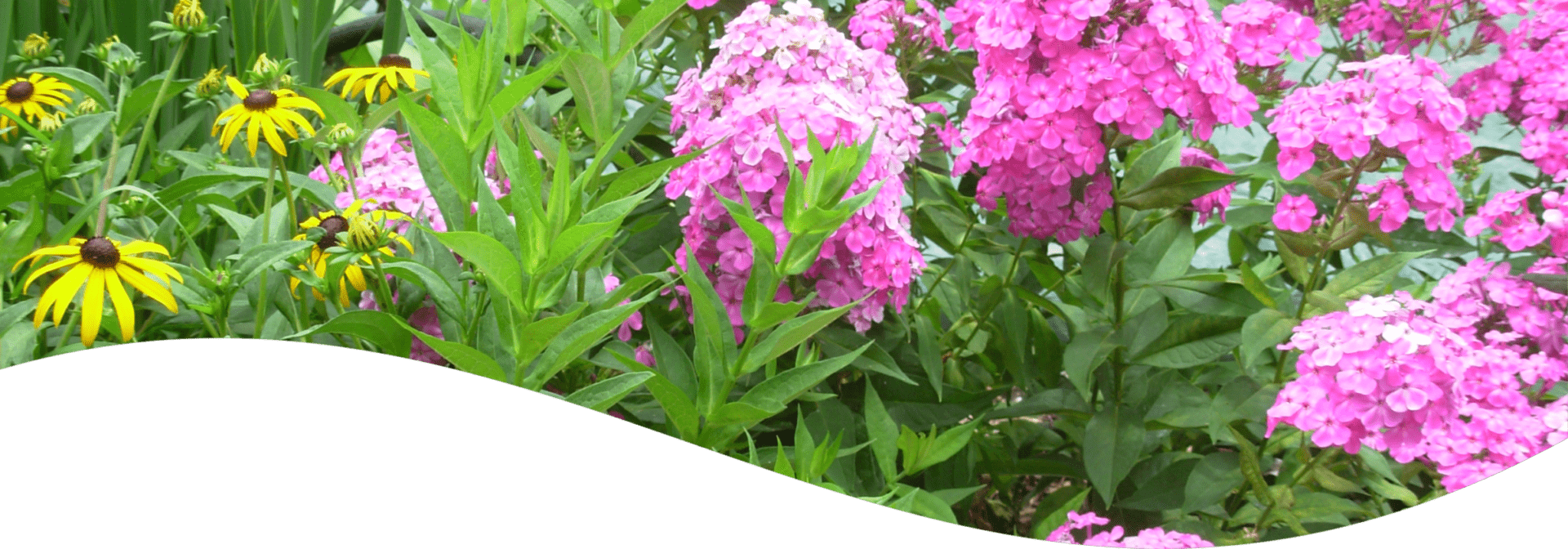The month of May is when spring really arrives in full force! We can get so much done in our garden this month including, planting our vegetables from seed, keeping plants tidy, weeding, fertilizing plants, pruning early flowering shrubs, removing tree suckers, and a few others we will talk about!
Some maintenance tips:
- Weeds come back full force in May! You can gain knowledge on pesky weeds in your garden and catch them early on when they are babies and pull them. Some weeds as they grow and mature, become hard to control, their roots might spread or become a deep tap root. Also they may be tricker to pull out. Try and catch weeds before they seed themself, but that comes later on in the season.
- Rust disease becomes susceptible when apples, crabapple and hawthorns start to bloom. Applying protective fungicidal sprays can help avoid a big spread of disease.
- Pruning early flowering shrubs. Forsythia, Viburnum, Lilac, Small Magnolias, Rhododendrons, and Azaleas are a few that bloom early. As their blooms fade, cut them. Do not wait too long to cut, otherwise you might cut next year’s blooms off…Deadline to cut blooms, July 4th.
- Removing suckers from trees and shrubs
- Spot pruning dead branches on shrubs-they are easy to see because there will be no leaves or flowers on dead branches!
- Depending on rainfall, you may need to water your garden to keep the soil moist for your plants.
- If you plan on adding new plants, make sure you’re watering them frequently so they can get established in their new spot.
